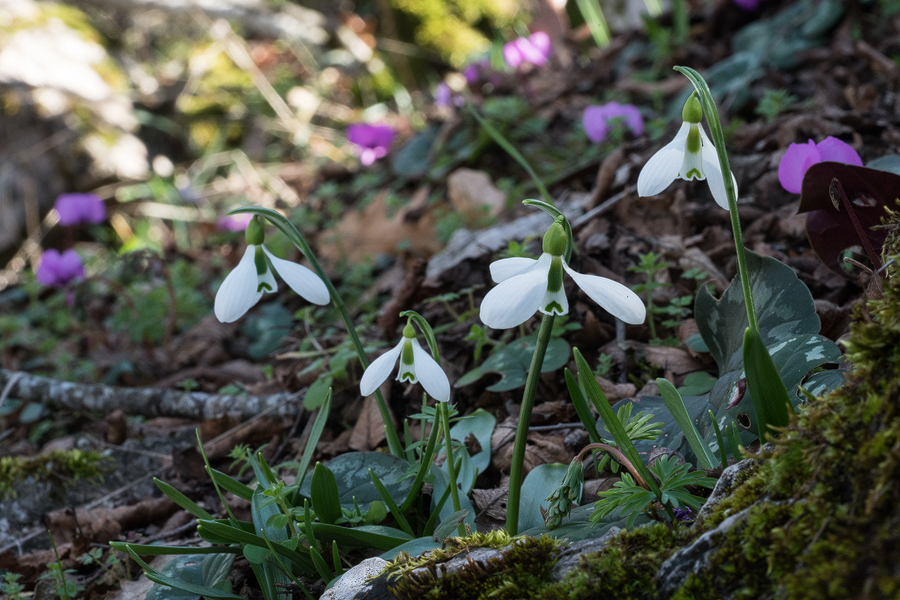There have been many failures in the course of the snowdropathon but the success I’m most pleased about is that I’ve managed to find Galanthus fosteri in flower in both the south and the north of its range. The forms from the south have been referred by some authorities to subsp. antepensis, whereas the northern forms are said to constitute the type subspecies but, as discussed below, I doubt the validity of this distinction.
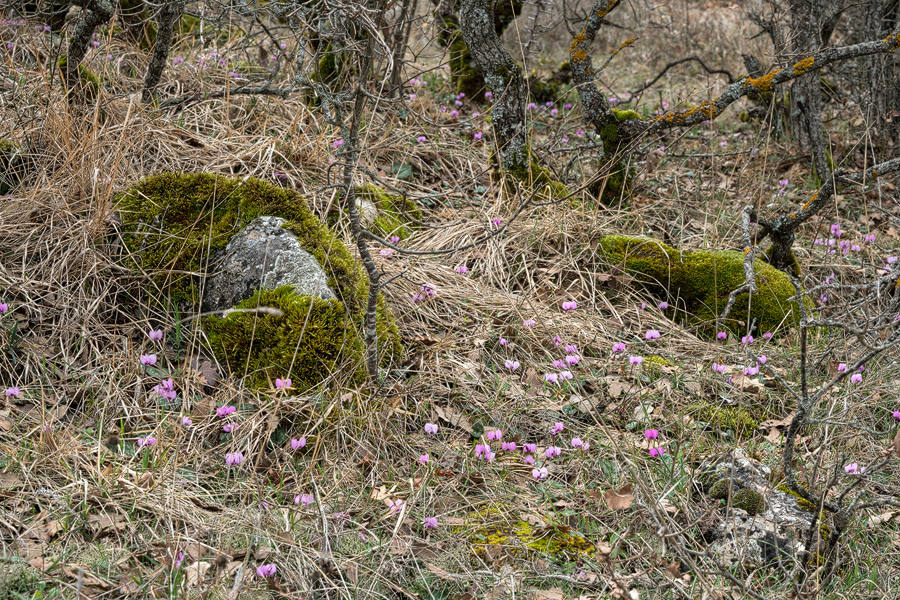
I looked for it in two places near Amasya, a town that crops up frequently in old records of the species. In the first site, I found habitat that seemed picture-perfect. North-facing limestone boulder slopes and crags, with scrubby, oak tree cover. The snow was long gone at this elevation – about 1000m – and Cyclamen coum, together with a yellow Crocus species were flowering freely. The location was definitely correct and yet, try as I might, I could not find any snowdrops. Possibly I was still a little early, though I don’t really believe that is the explanation. Possibly the population is very small and I simply failed to stumble into it, but I looked in all the most promising places.
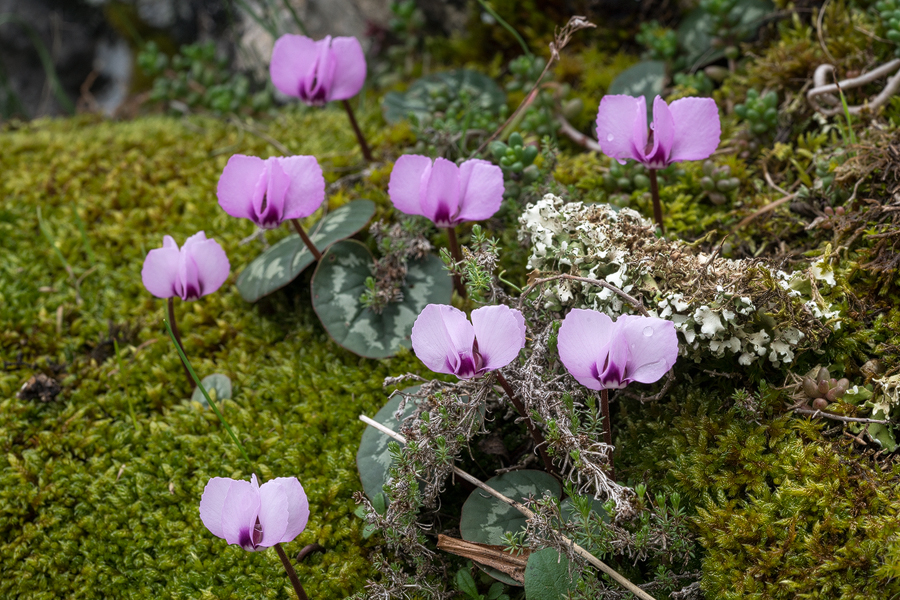
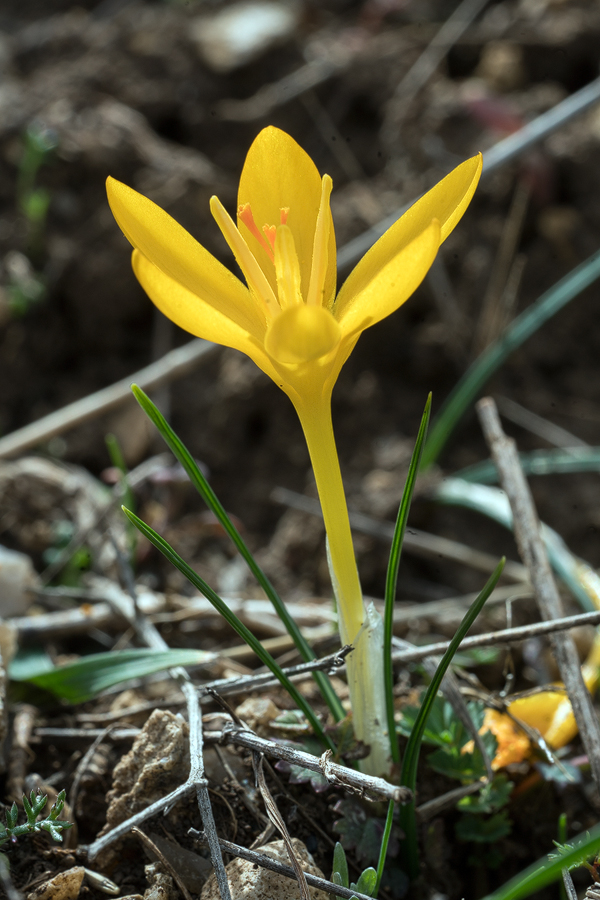
Puzzled, rather than disappointed, I returned to Amasya for the night, planning to try again the following morning. Amasya is a spectacularly positioned and rather attractive town, set amidst karst limestone mountains. A large, almost sheer cliff dominates the centre of town. The tombs of the ancient Pontic Kings are carved into this cliff face, the earliest dating from the 4th Century BCE.
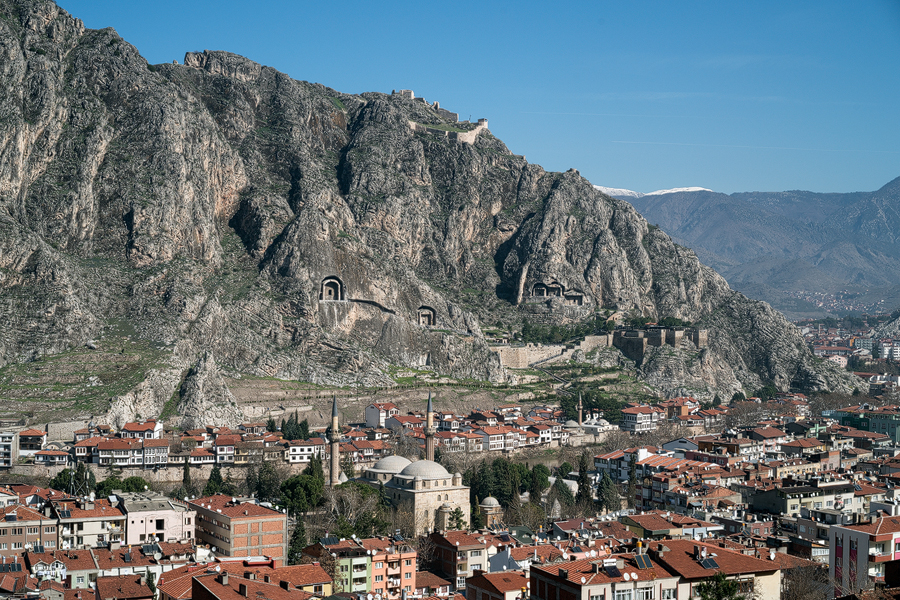
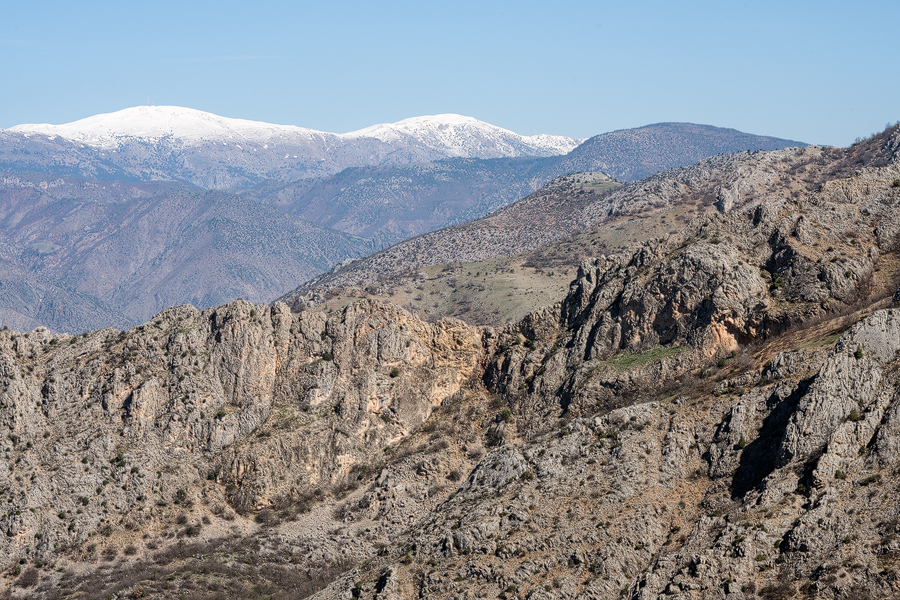
Driving up into the mountains above the town, I quickly found a road that zigzags high into them. I was looking for north-facing cliffs above about 1000m, for G. fosteri by all accounts seems to be restricted to such sites. Sure enough, as I approached the magic 1000m mark, I caught a glimpse of snowdrops flowering at the top of a road cut.
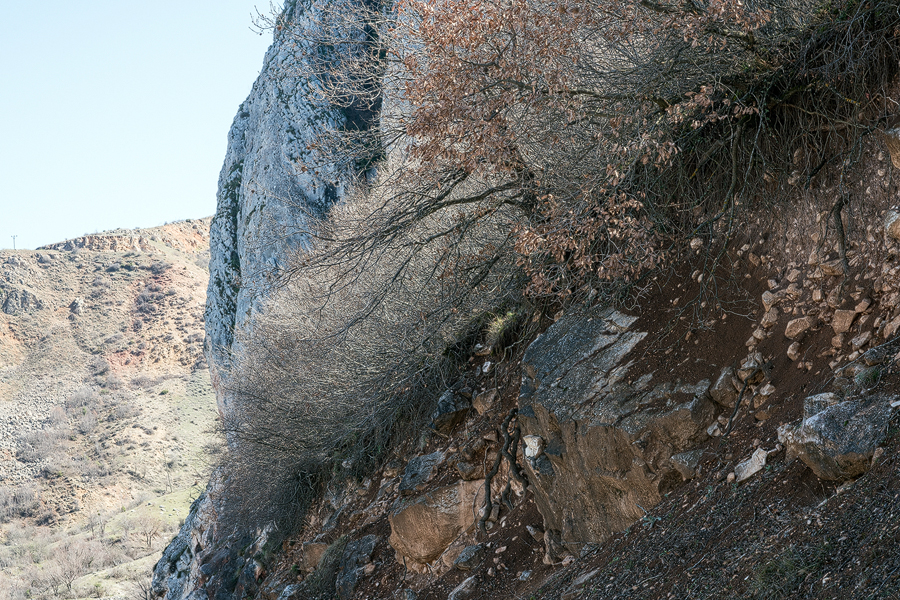
Scrambling up the steep bank, I saw that a sparse population of snowdrops was growing in the stony, sticky, reddish, clay-rich soil, beneath the oaks and in crevices in the limestone that had filled with soil. Growing and flowering with them was Cyclamen coum, going over in fact, another Crocus species and a small, powder-blue Hyacinthella sp. Other herbs were emerging but not yet flowering.

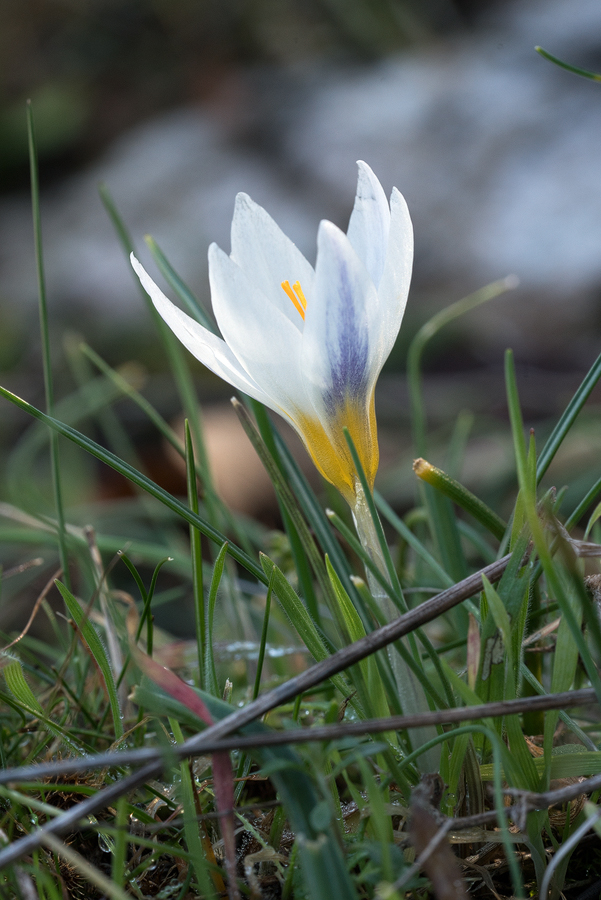
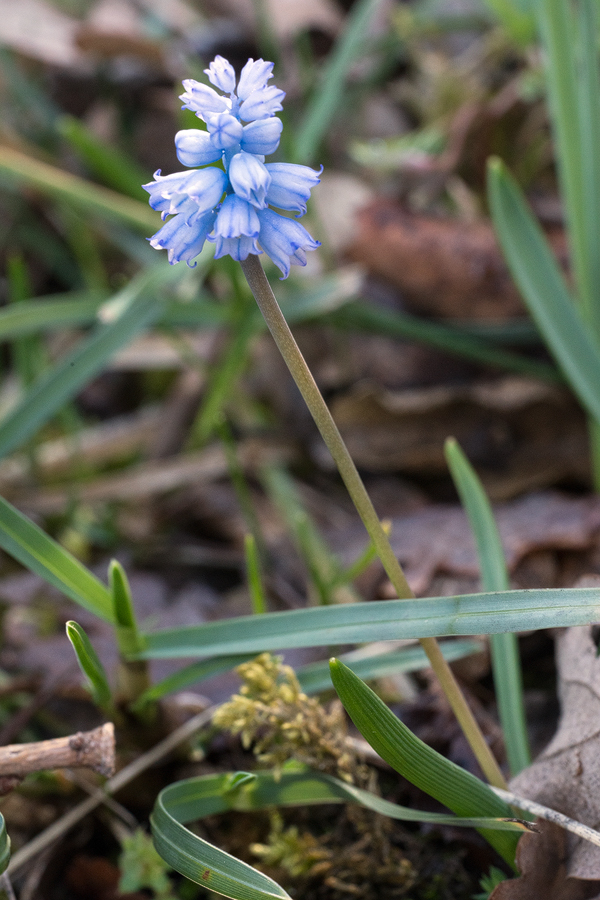
The fist thing that struck me about the snowdrops was their diminutive size. These were tiny plants, some only five centimetres tall, with slender, fragile-looking leaves, and the largest topping out at an impressive 12 centimetres.
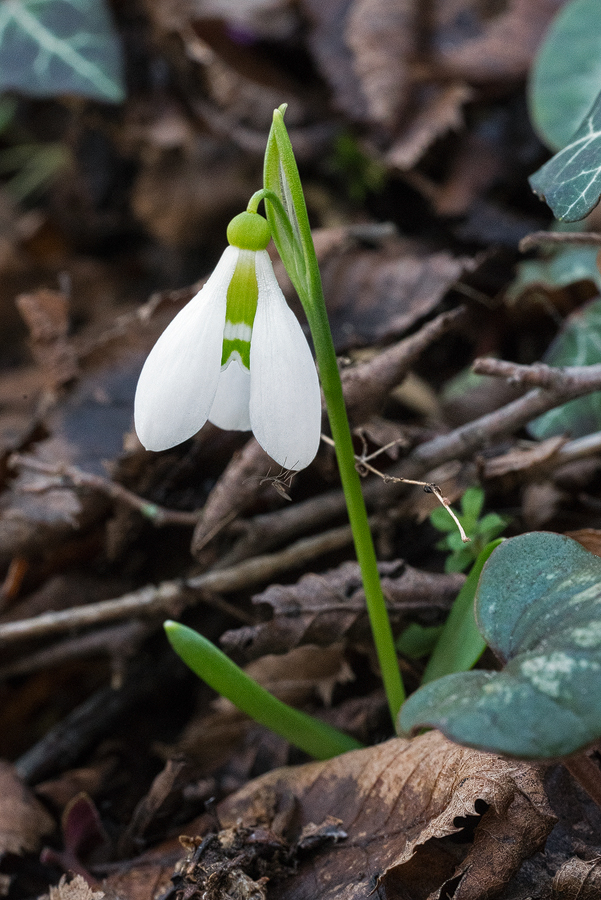
The rather narrow leaves, widest somewhere between the middle and the apex, were bright green, with the upper surface sometimes appearing to have a slightly bluish tinge. The vernation was obviously supervolute. The abaxial (lower) leaf surfaces were lightly grooved, in the manner of G. koenenianus, though not as strikingly as in that species.

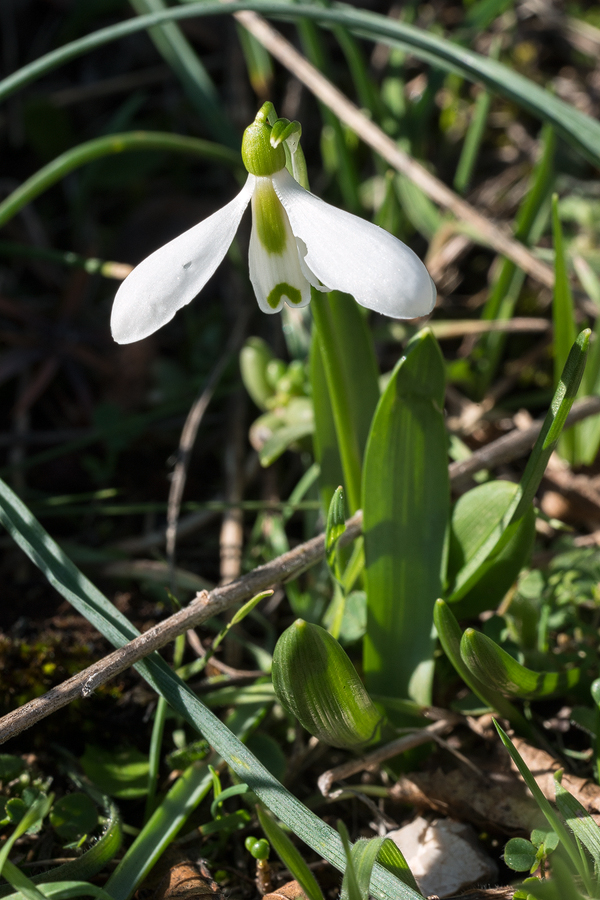
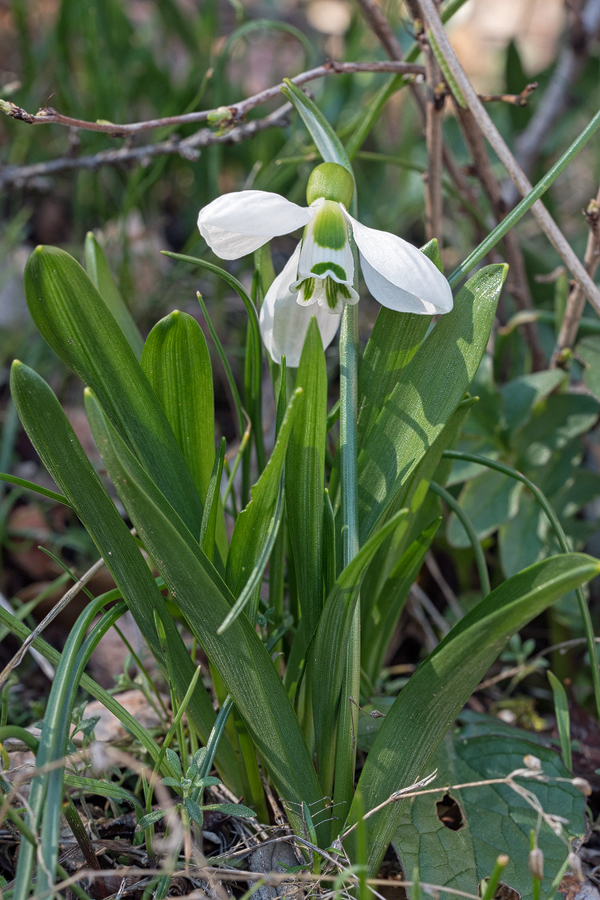
The flowers had rather short claws, that inflated into elegant outer segments, with a bowed back and, in some cases, slightly reflexed margins. The flowers were small, but in proportion to the size of the plants. In some cases the outer segments were only 10mm long though typically closer to 20mm.
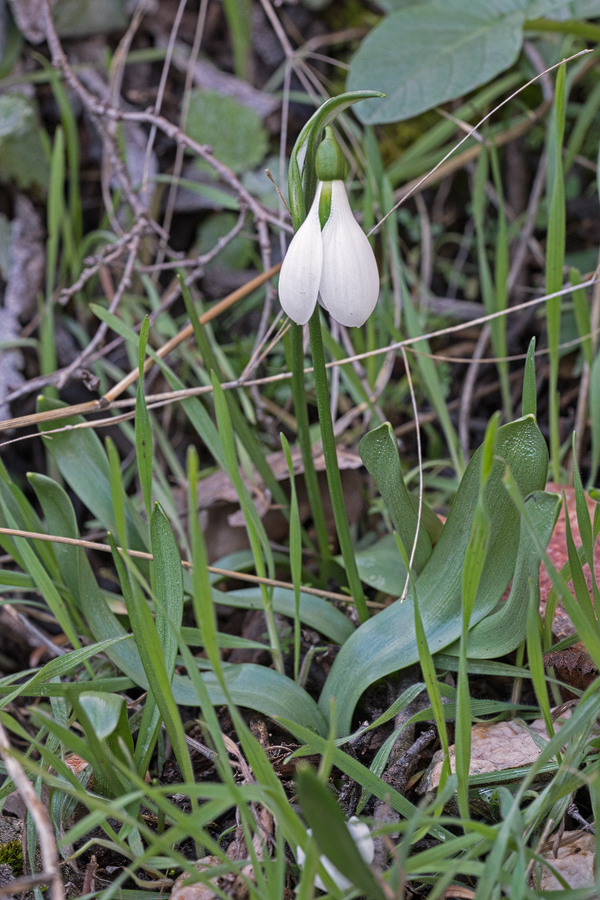

The inner segments bore the typical G. fosteri basal and apical bottle-green marks. Whereas the plants I had seen near Adana a month previously were only just beginning to flower, this population was in full flower and most of the flowers were open, revealing some of the variation in markings.
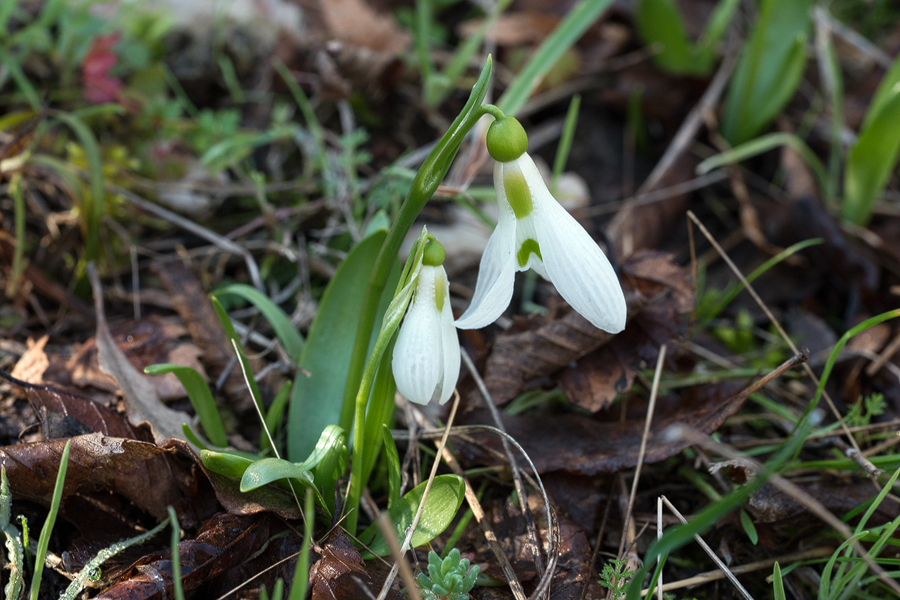
The apical mark was a small inverted-U or V, occasionally reduced to two dots, either side of the fairly conspicuous sinus. The basal mark usually began a millimetre or so from the base, leaving a narrow white band at the base of the segments. The basal mark was more-or-less rectangular to teardrop-shaped and varied in size from less than a quarter to more than a half of the segment. Occasionally, though rarely, it merged with the apical mark.
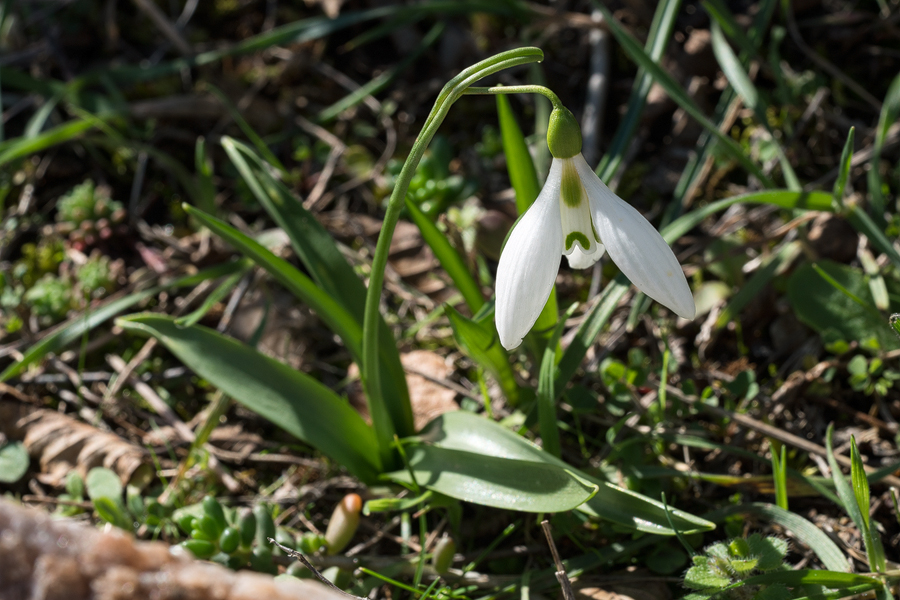
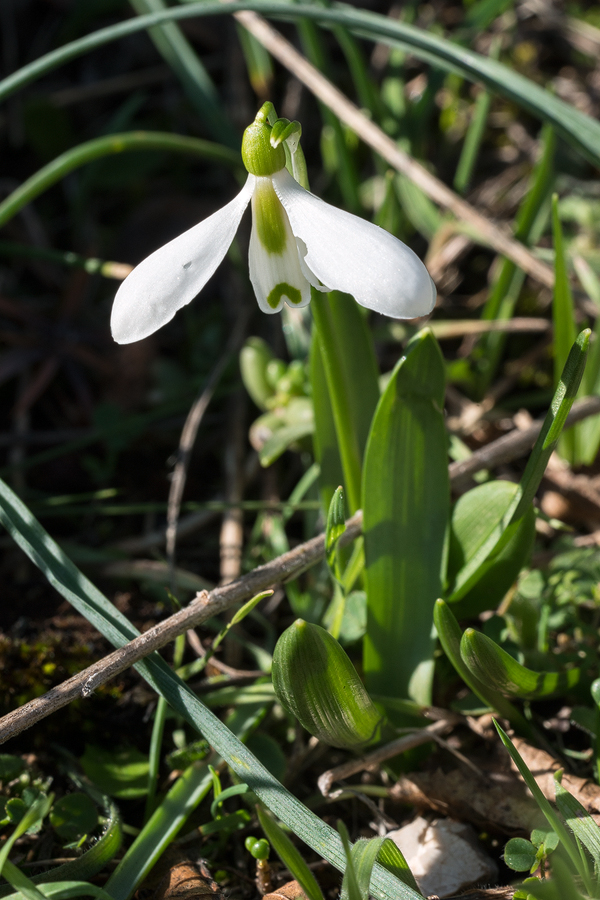
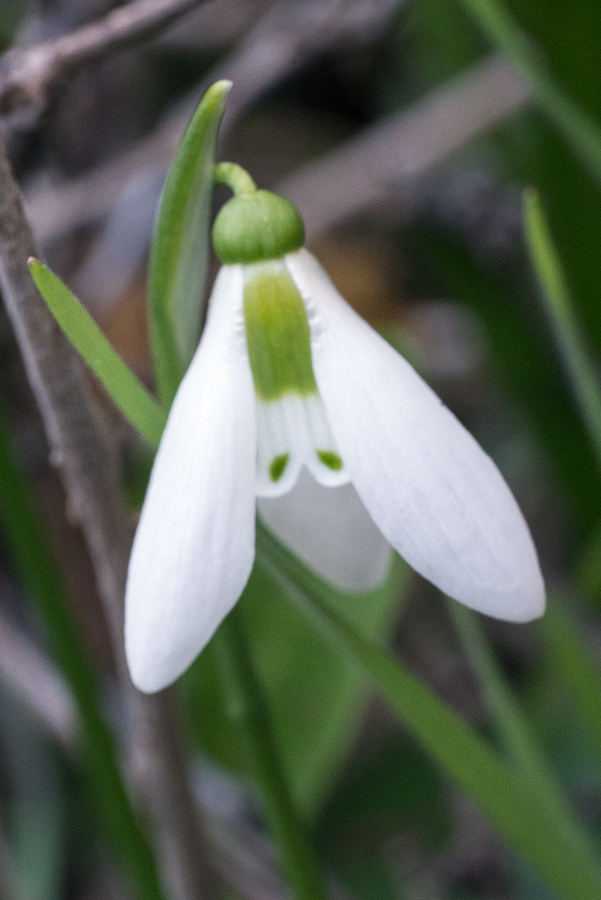
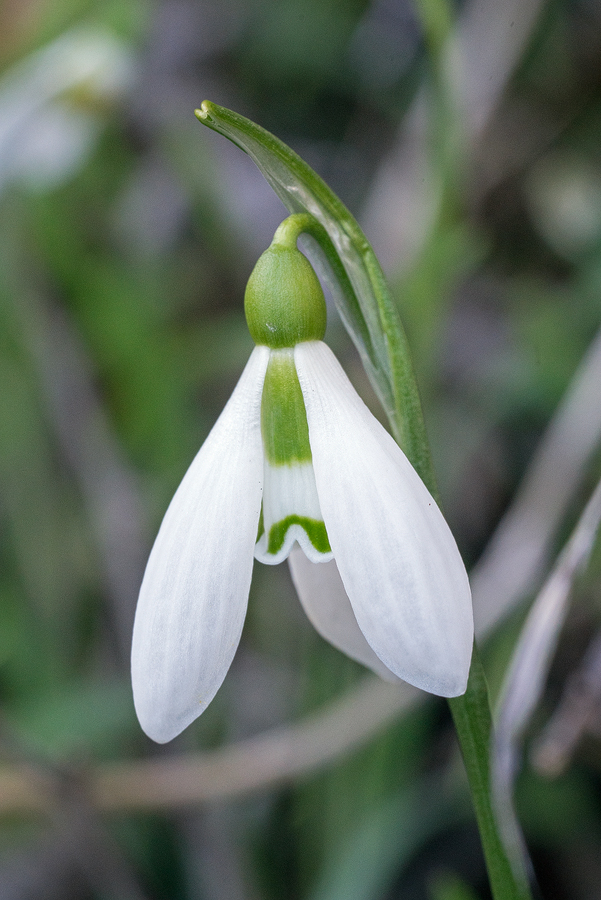
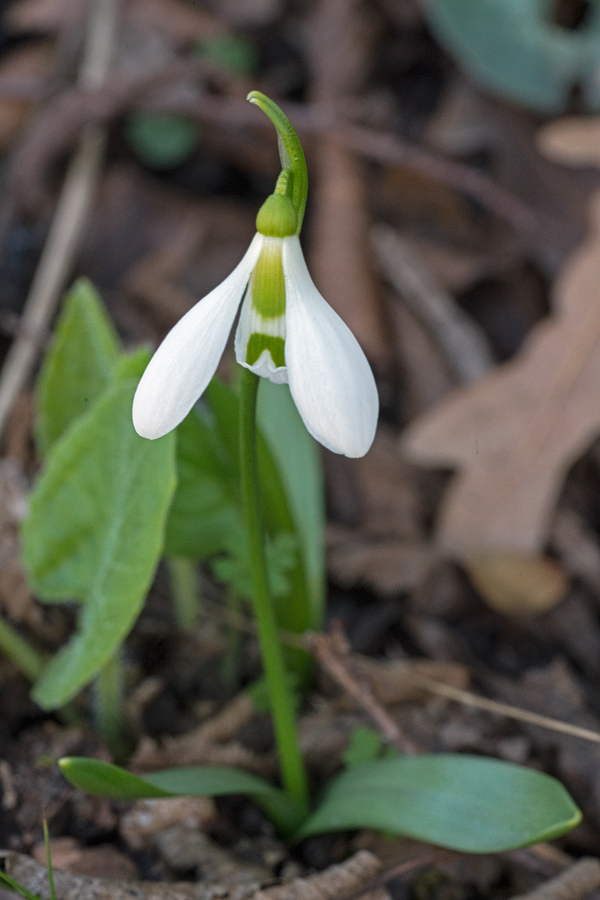
In comparison with the plants I had seen in the vicinity of Adana, those I saw near Amasya were definitely smaller, on average, especially relative to those near Gaziantep. In other respects they appeared to be identical. One study found minute karyological differences between the two subspecies but, frankly, I’m really not convinced that the maintenance of the two subspecies is justified. Given the large distances between the small populations scattered across the species’ wide range, it would be surprising and not particularly interesting if small genetic differences had not accumulated.
I was powerfully struck, looking at the tiny populations that I discovered, after much effort and several failed attempts, by how extraordinary it was that these snowdrops, equipped only with an adaptation for short-range seed dispersal by ants, had ‘found’ the few, isolated patches of suitable habitat. With my GPS and botanical libraries, hired cars and road infrastructure, using all my ingenuity and experience, I had eventually located a few small populations. In each case the habitat was exactly ‘right’. Yet, if one were to prepare a map (which, with contemporary GIS, should be a trivial exercise) of suitable habitat patches, it would look like a less-populated part of the south Pacific.
How did these snowdrops find these rare patches of habitat? Presumably part of the answer must be that they were formerly much more abundant, possibly occupying a wider range of habitats in former times and climates. One has the impression, looking at G. fosteri in the wild, of a species clinging to existence by the very tips of its metaphorical fingernails, restricted now to a few minute islands of deep shade, in an inhospitable desert of sun-baked limestone. Long may it continue to grow in these wild places.
